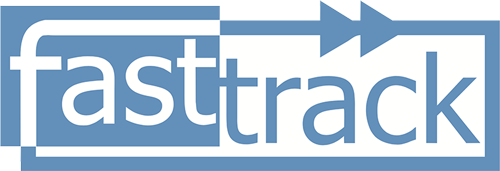The cost accounting system approach is applicable to all kinds of business, whether it is manufacturing or trading products, or whether it is delivering services.
To better understand what a cost accounting system is, it is important to know the difference between fixed costs and variable costs. Fixed costs are that would be the same from one period to another regardless of the level of production. Examples of fixed costs are depreciation and the cost of departments like maintenance, tooling, production control, purchasing, quality control, storage and handling, plant supervision and engineering.
By contrast, variable costs are called such because they vary directly with the amount of production. For example, manpower cost would be variable, because the number of employees hired would depend on how much or how little production is anticipated.
Fixed costs gained increasing importance since the industrial revolution because it is this kind of costs that were used as basis for the pricing of a product or service.
Cost accounting system is very much different from a financial accounting system. Whereas the former deals with cost control and reduction, the latter is focused on the actual and projected results, or the items in the profit and loss statements. And whereas a cost accounting system guides executives and managers, all internal to the company, financial accounting is of more interest to government regulators, creditors, investors and the general public.
A cost accounting system requires five basic parts. These are an input measurement basis, an inventory valuation method, a cost accumulation method, a cost flow assumption, and a capability of recording inventory cost flows at particular intervals.
A cost accounting system is based on the type of costs flowing into and through the inventory accounts. There are three to choose from: pure historical costing, normal historical costing and standard costing.
Pure historical costs refer to the costs of direct labor, direct material and factory overhead that have been recorded. Normal historical costs refer to historical costs for direct material and direct labor costs but an overhead is charged or applied to the inventory through a pre-determined rate per activity measure. In a standard cost system, all manufacturing costs are applied, or charged to the inventory, using standard or predetermined prices and quantities.
Without a cost accounting system, a business may make decisions that would lead to profit loss. The objective of a cost accounting system is to lower the cost of the business operation through identifying and controlling them. thus, profits will be maximized.
Many different types of a cost accounting system are available for managers from all kinds of businesses and industries to choose from. The best way to choose is to ask which one best allocates costs incurred in order to produce goods. Some of these factors for consideration are the production volume, manufacturing complexity, the number or products or product lines, and changes in the production process. Weighing all these would enable the decision maker to identify which type of cost accounting system would best empower him or her to minimize costs and maximize profits.
